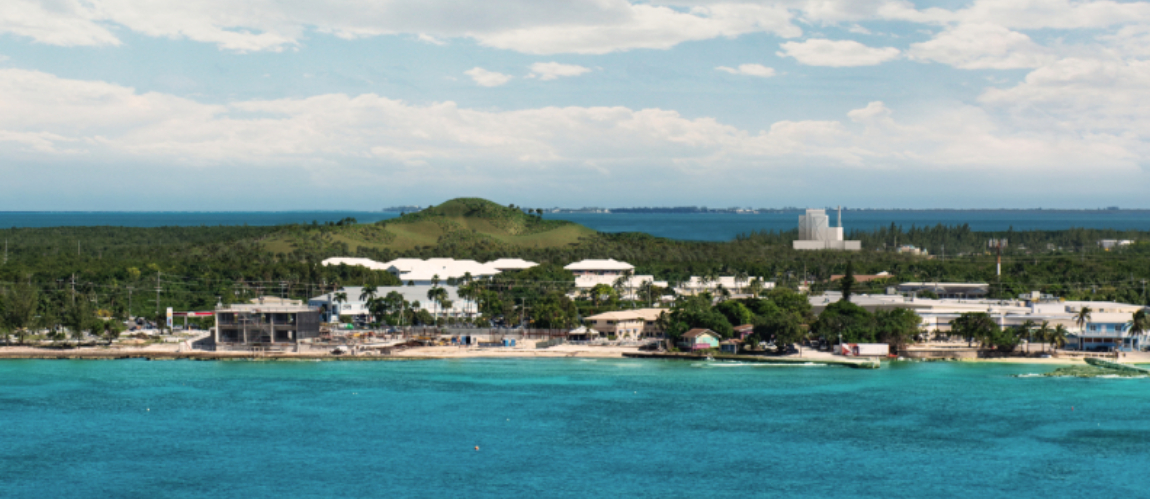
Picture shows an artist’s impression of the capped landfill and new ReGen facility
Following some delays, there has recently been some exciting progress with the ReGen project as the Environmental Impact Assessment (EIA) has re-commenced.
An EIA is a process carried out by an international team of environmental experts, which finds out how a project might affect the local environment. The EIA for ReGen is an important stage in the project’s development, and signals exciting progress that will mean locals will soon be able to see the project taking shape.
When completed, ReGen will divert around 90% of waste away from landfill sites, providing a sustainable solution for trash in the Cayman Islands. As well as diverting waste from landfill, which means a huge cut to greenhouse gas emissions, ReGen will also generate power from leftover waste that cannot be recycled to power our homes and businesses. This means that ReGen will provide a long-term sustainable solution for our trash and for energy production; helping to power the bright future of the Cayman Islands.
The EIA process for the ReGen project restarted in September 2022. During the process, several assessments are made which will inform the final design and operational details for the ReGen facilities.
With this process once again underway, we have put together this simple Q&A which answers some common questions about an EIA:
Q: Why is an EIA important?
Anticipating how ReGen could affect the environment at this early stage in the development allows us to mitigate any potential damage to our local ecosystems.
Q: What is the process for an EIA?
During the EIA process, public consultation will be held which allow residents to raise any concerns or note any support for draft document that will be produced through the EIA assessments, called the Environmental Statement. This is a really important part of the EIA because it provides an opportunity for anyone in the community to speak directly with the people leading the project.
Q: What does an EIA aim to achieve?
The EIA will also seek to make sure ReGen is built in an environmentally sustainable way and assess the cumulative impact of multiple developments in the region to set the priorities for environmental protection in the Cayman Islands.
This stage in the planning of ReGen is a positive and exciting step which means that the environment will be properly protected throughout the ReGen infrastructure development and the life of the project. It spells good news for the environmental credentials of the Cayman Islands and brings the closure of the George Town Landfill nearer.
Although an Environmental Impact Assessment may seem a bit complicated and bureaucratic, it is an important step to making the ReGen project a reality.
